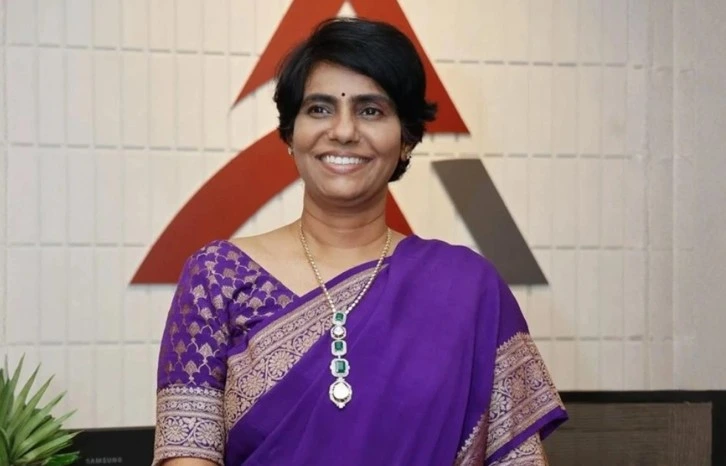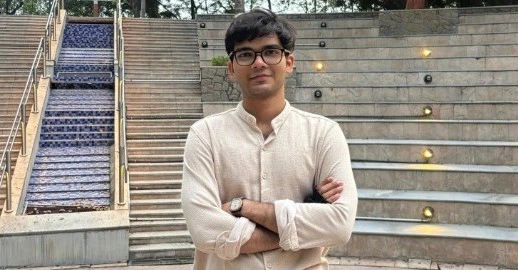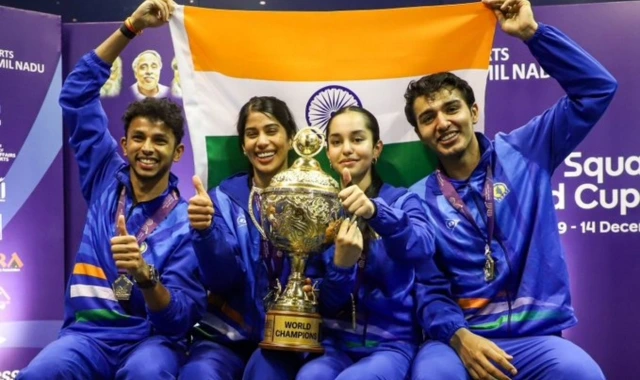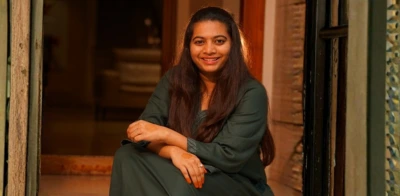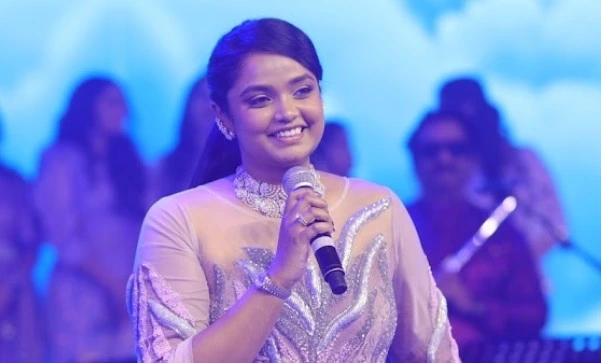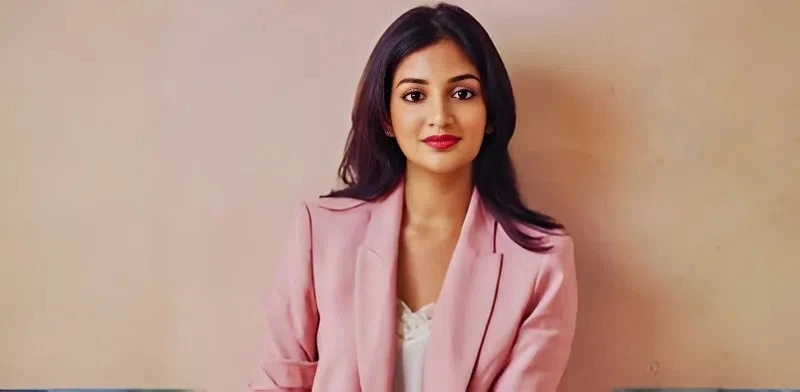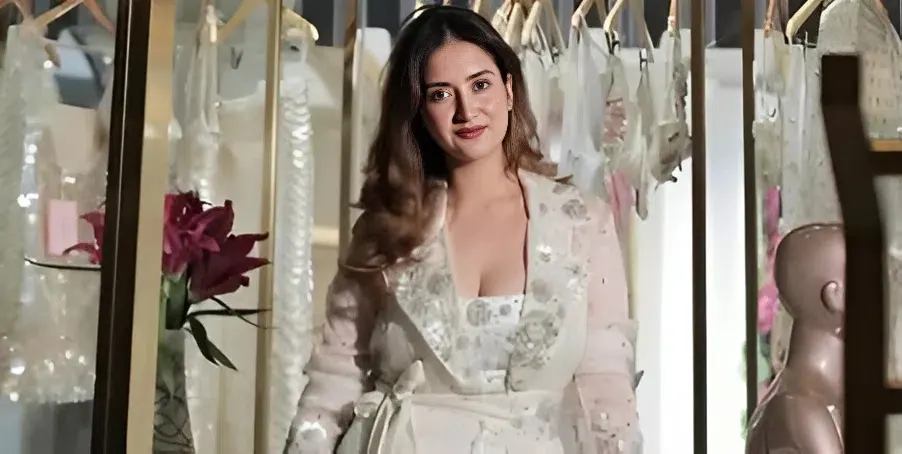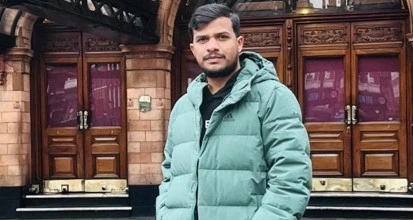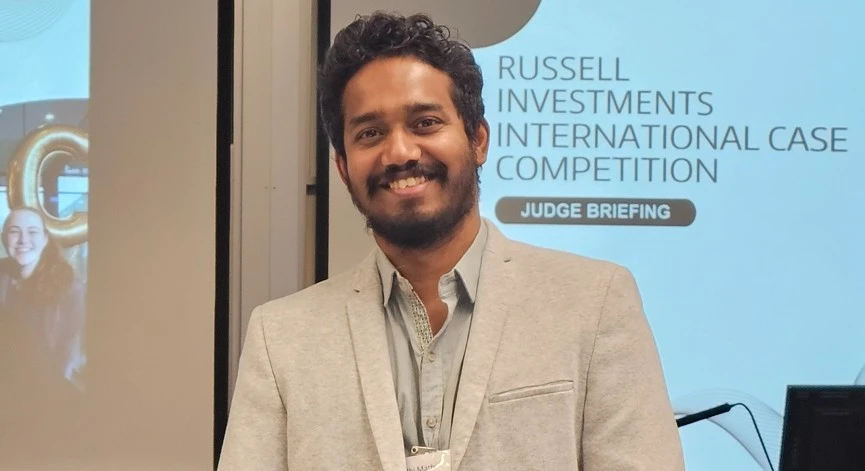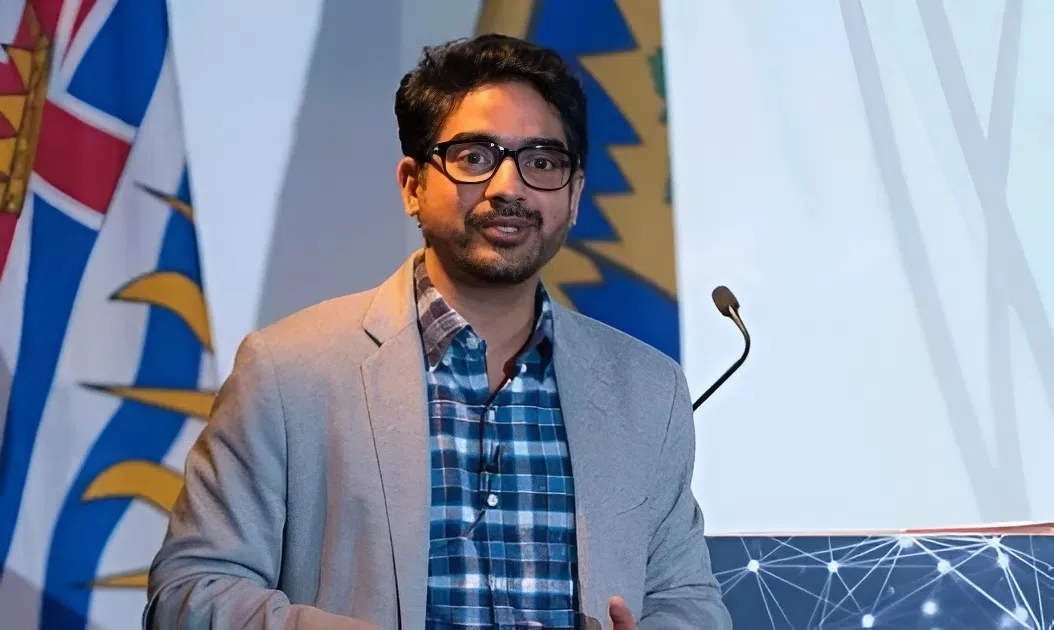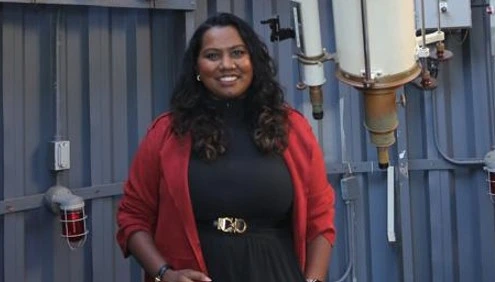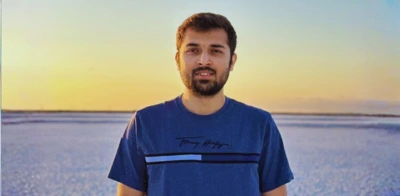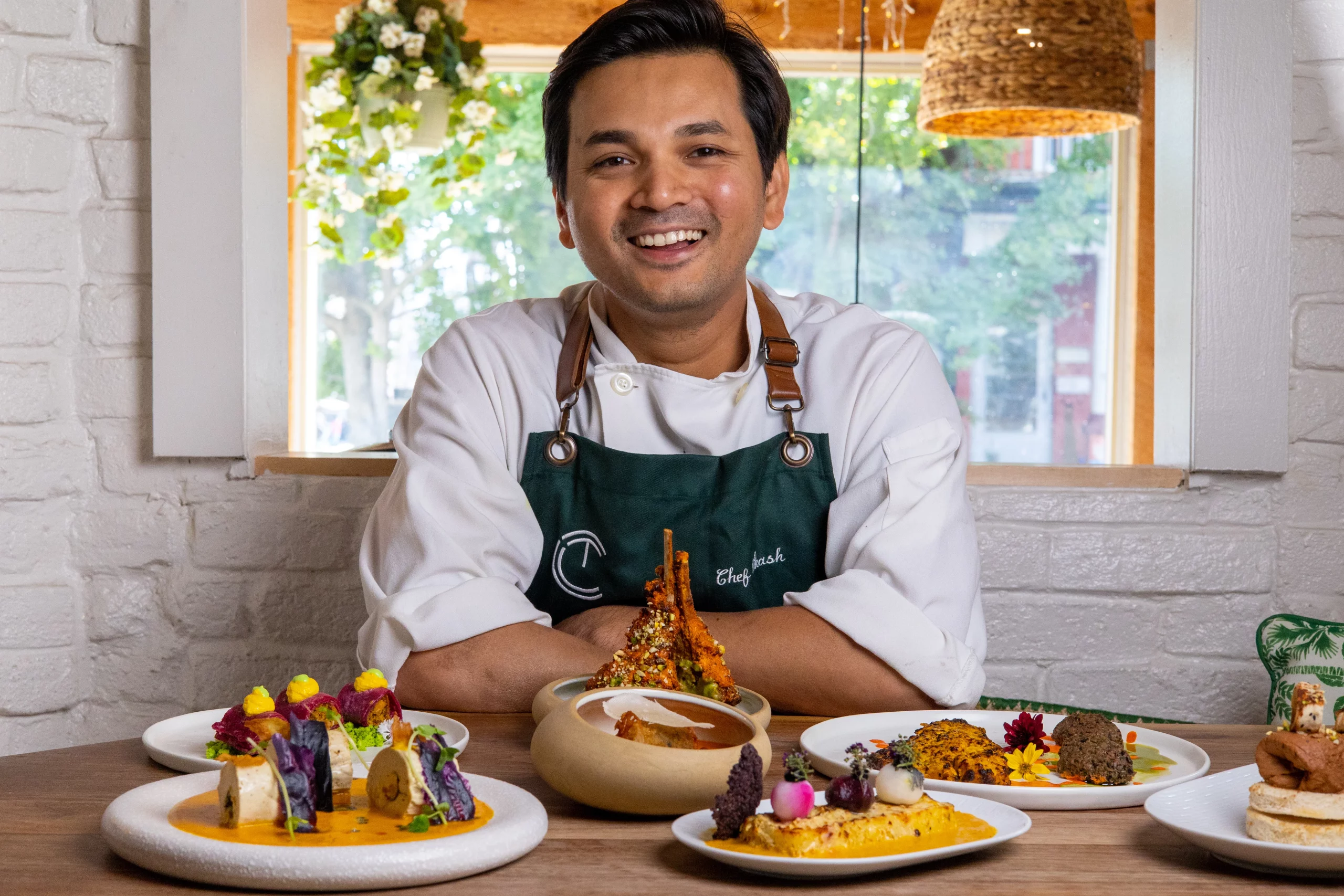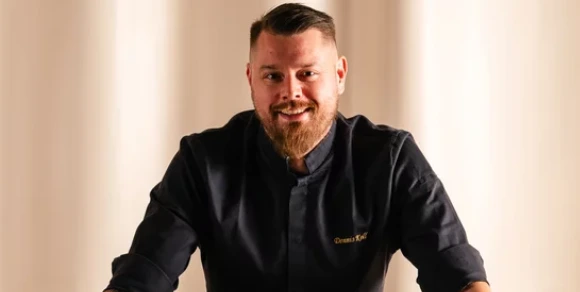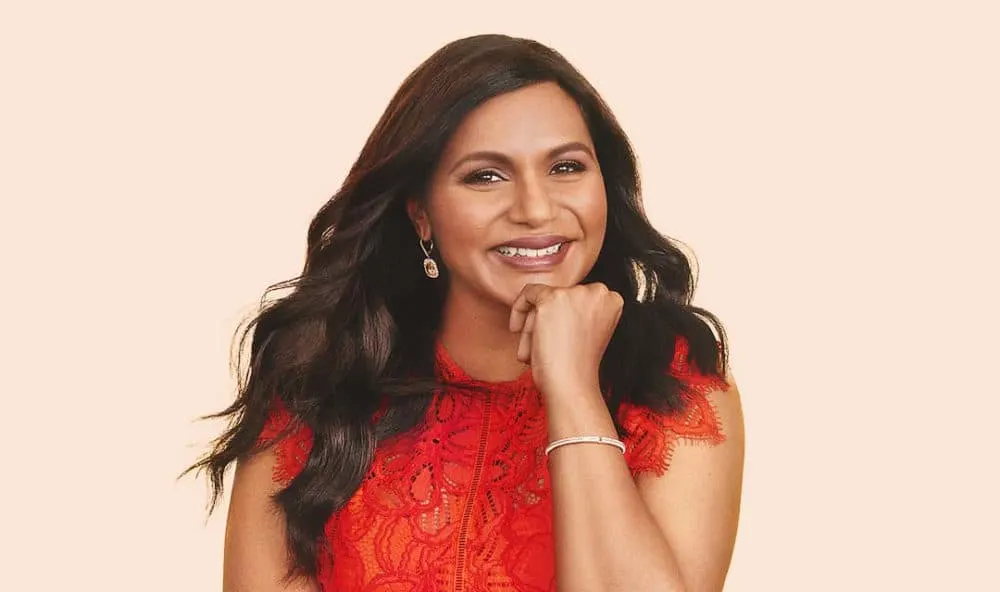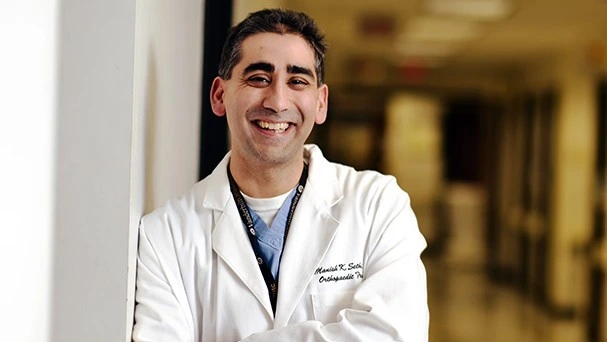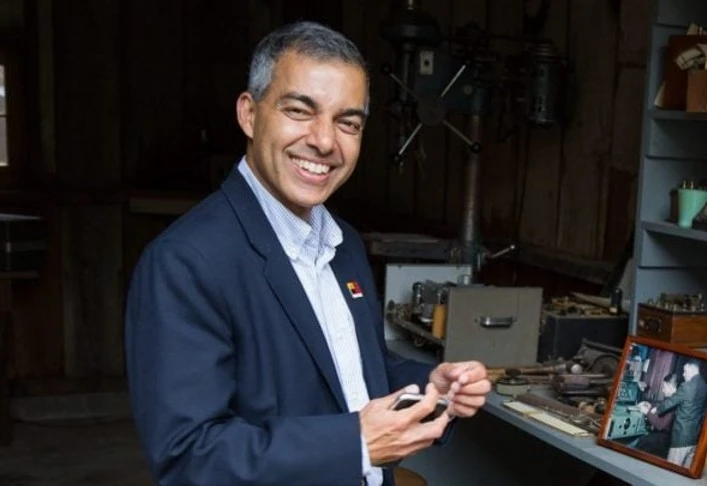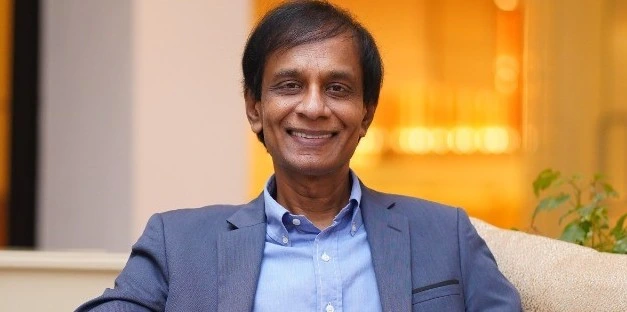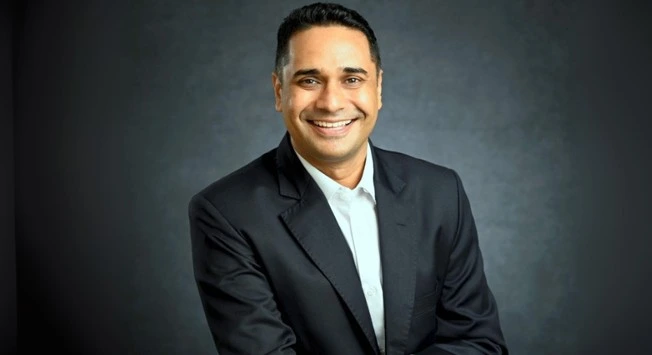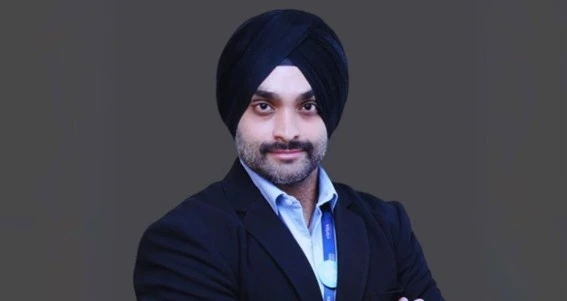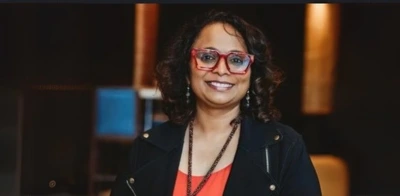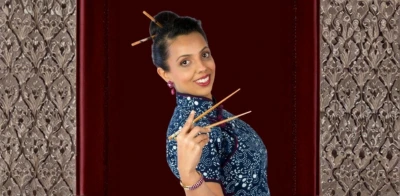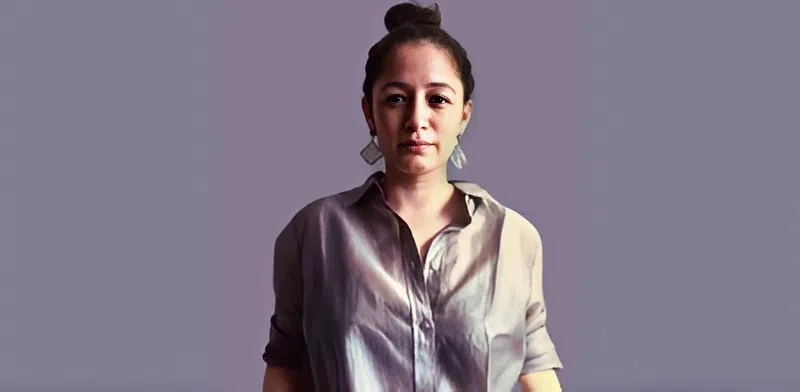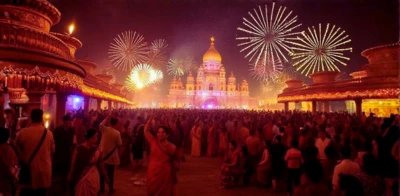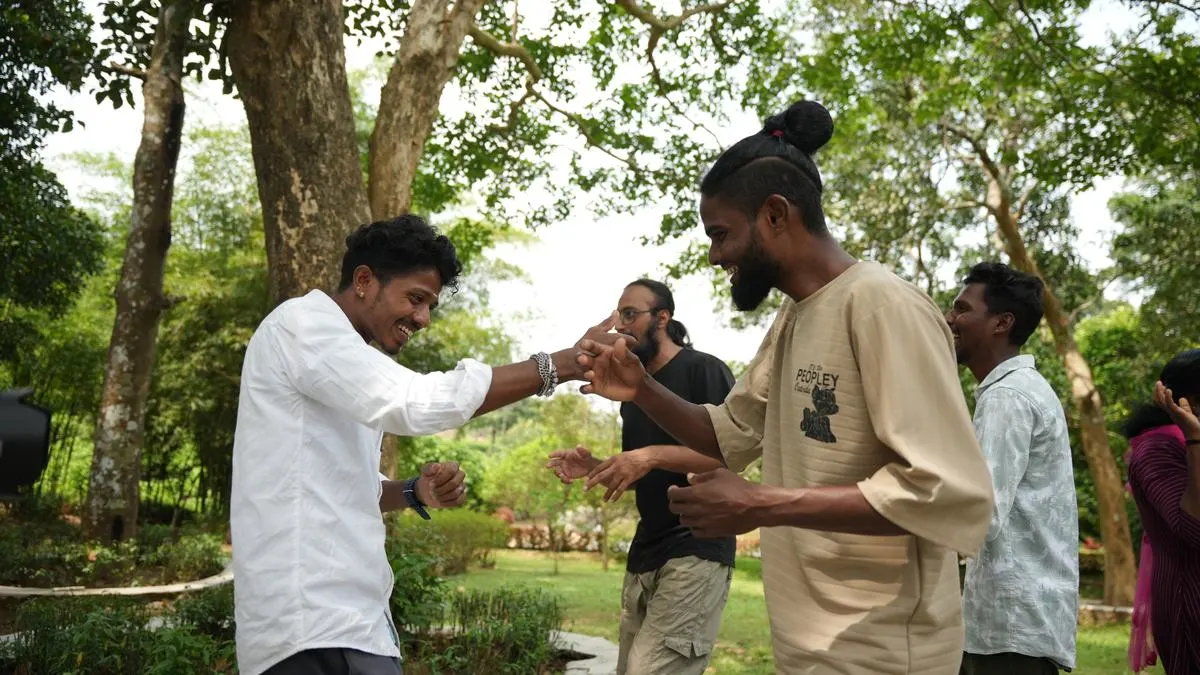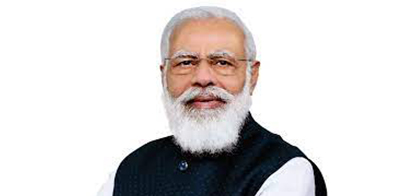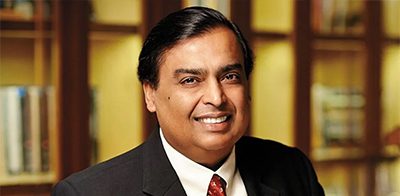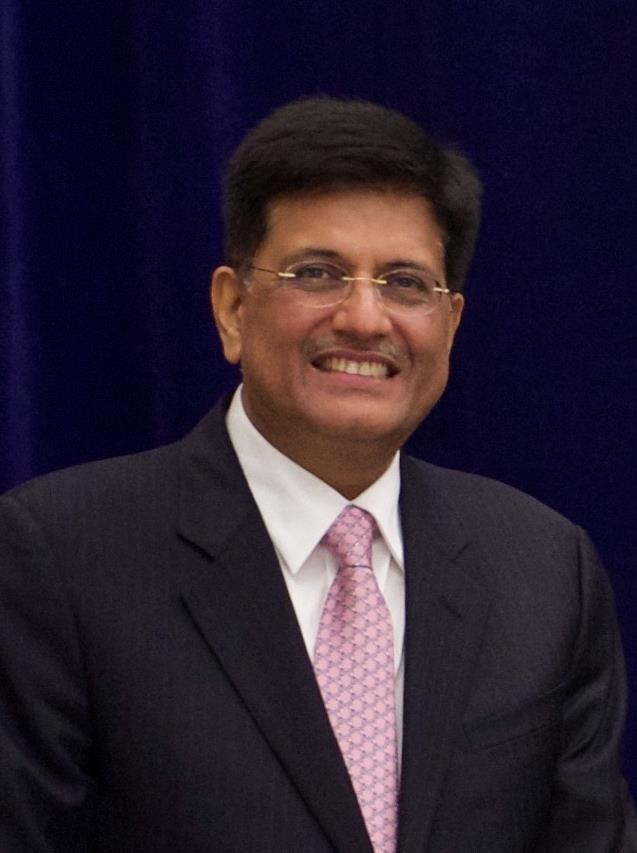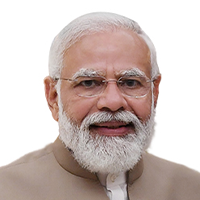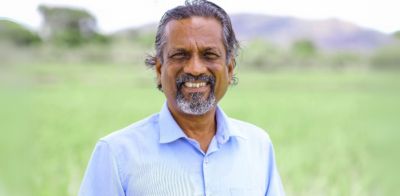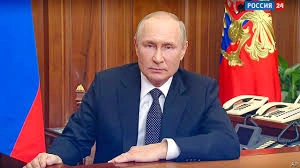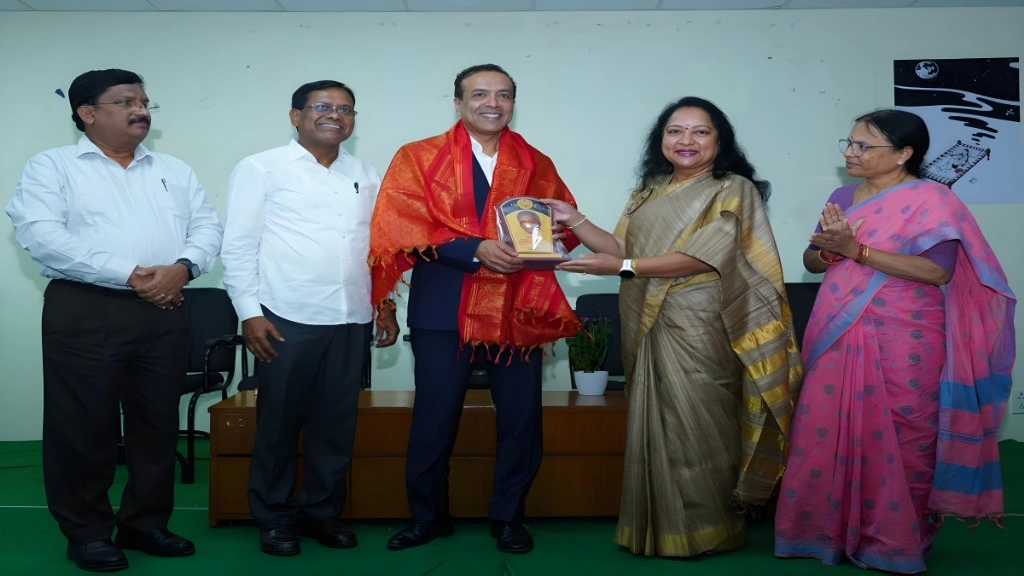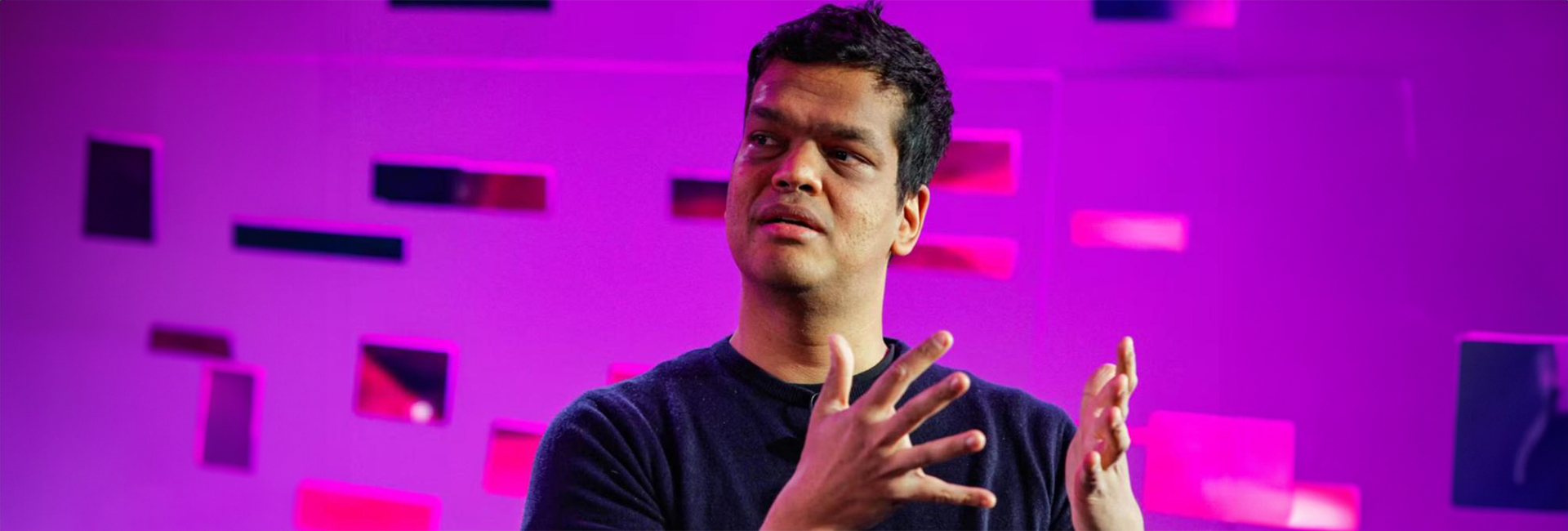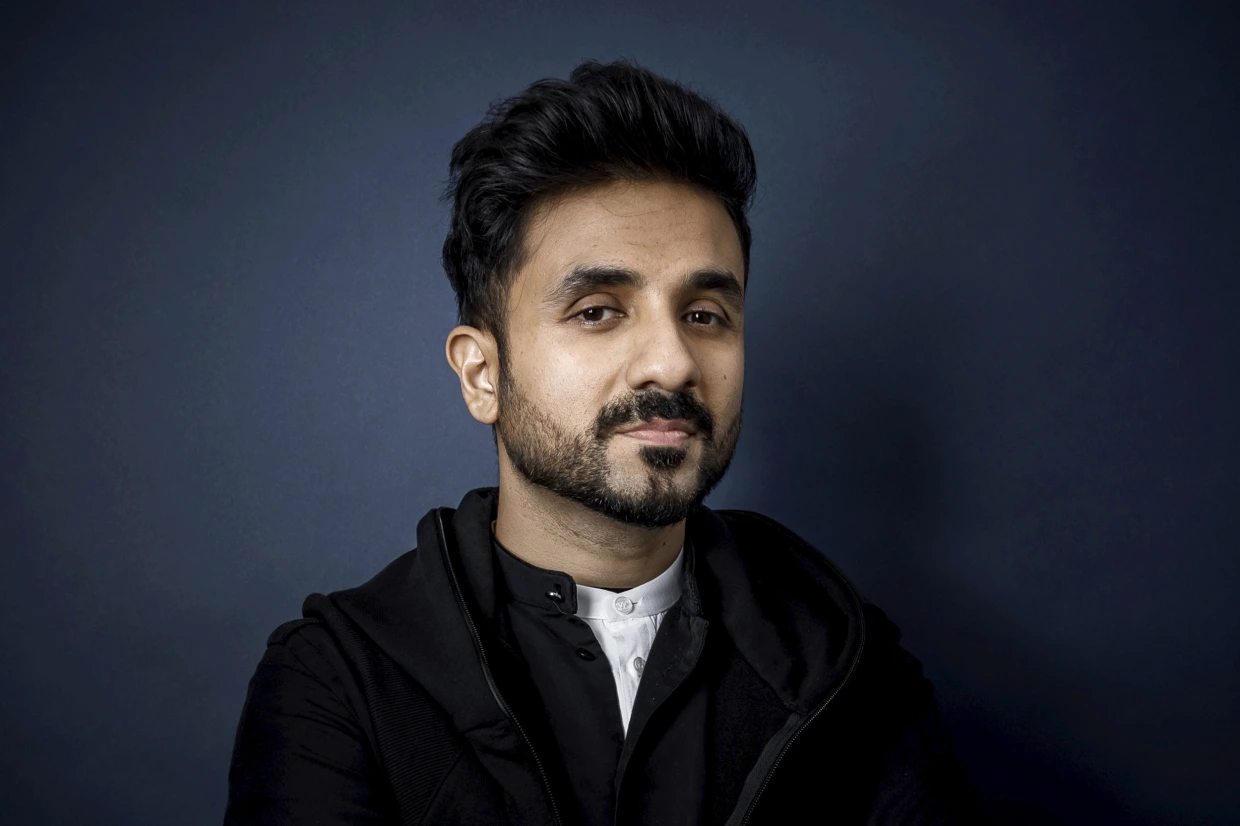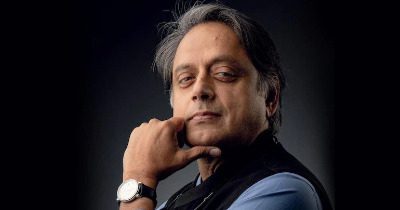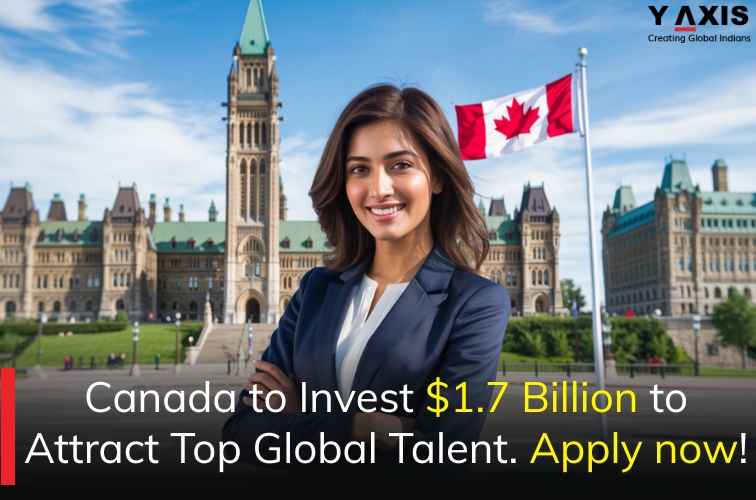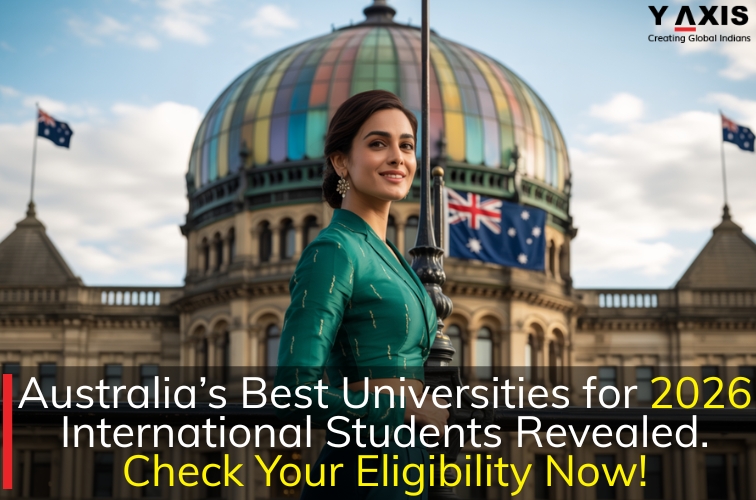GLOBAL INDIAN | COVER STORIES
Stories that are researched and written by our editorial team
GLOBAL INDIAN YOUTH | COVER STORIES
Stories that are researched and written by our editorial team
MARKET PLACE
Stories that are researched and written by our editorial team
GLOBAL INDIAN | CAMPUS LIFE
Want to contribute? Write to us at editor@globalindian.com
GLOBAL INDIAN | WORK LIFE
Stories that are researched and written by our editorial team
GLOBAL INDIAN | CUISINE
Stories that are researched and written by our editorial team
Global Indian | ZIP CODE 
Global Indians | Giving Back
Ideas, initiatives and projects that are making a difference
Global Indian | Startups & Entrepreneurs
Global Indian | Culture
Global Indian | Good Reads
Top reads curated from the internet

OpenAI, Google, Perplexity go free in India to grow AI user base
The article first appeared on The Economic Times on December 19, 2025.

PM Modi and Jordan’s King discuss bilateral ties, exchange perspectives on regional and global issues
The article first appeared on The Hindu on December 15, 2025.

‘Plumbers Will Survive AI’: Raghuram Rajan Flags India’s Failure To Train For Hands-On Jobs
The article first appeared on NDTV's website on December 13, 2025.
"Some jobs, like plumbing, won't vanish even in the age of AI," Rajan said. "But that requires people to say, 'I don't necessarily need a degree in French or English literature.'"
AI won't eliminate hands-on work, but India's broken education system may leave it unable to fill those jobs, former RBI governor Raghuram Rajan warned, urging urgent reforms in how the country prepares its workforce. India is charging toward an AI-driven future with a workforce that is poorly trained and, in many cases, undernourished, Rajan said in a podcast with entrepreneur Kushal Lodha. He called for a national rethink on how India prepares its youth for work-starting with a clear-eyed focus on practical skills, not just academic degrees. "Some of the places where there are jobs require working with your hands," Rajan said. "In the age of AI, it still may be that the job of the plumber doesn't go away." Rajan pointed to roles like plumbing and aircraft engine repair as examples of work that remains relevant and resistant to automation. But he warned that India's current education system is not equipping students with the basic skills-math, science, communication-to qualify for even these essential jobs...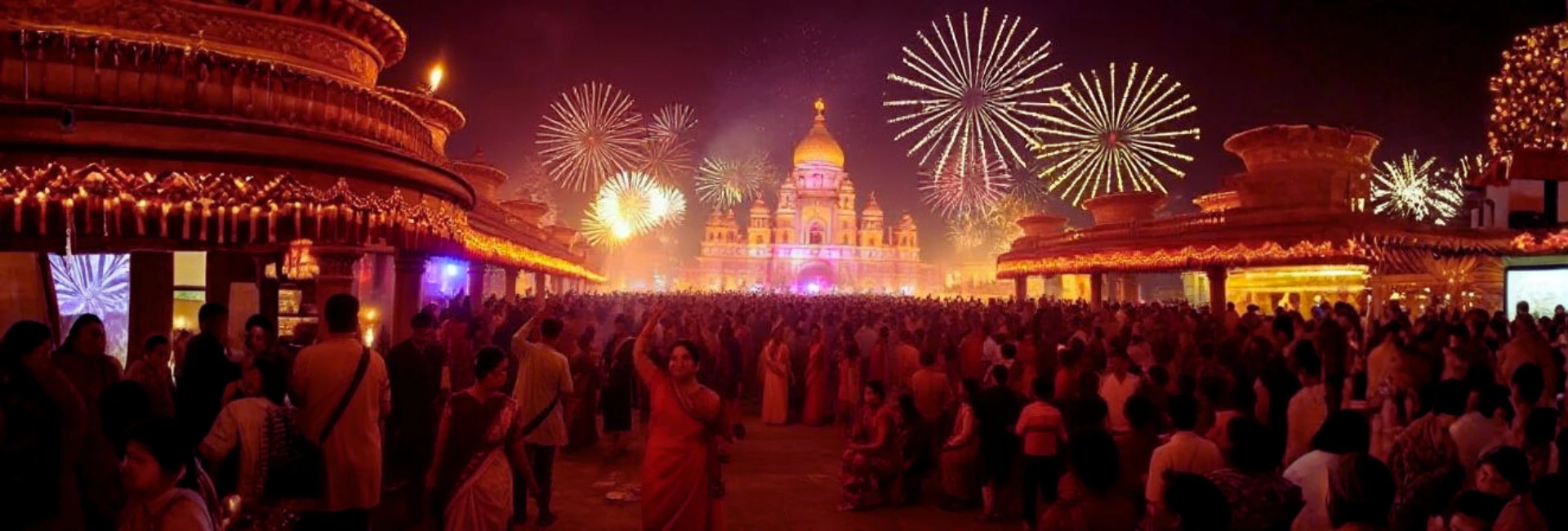
UNESCO adds Deepavali to Global Intangible Heritage List: ‘A proud moment for Bharat’
The article first appeared in Money Control on December 10, 2025.
UNESCO announced the development publicly, posting the update with the message, “New inscription on the Intangible Heritage List: Deepavali, India. Congratulations.” The confirmation prompted extensive responses on X, where many users characterised the moment as a significant acknowledgement of India’s cultural traditions...

Songs of the Forest
The article first appeared in The Hindu on December 7, 2025.
Global Indian | World in Numbers
Statistically speaking
Global Indian | Did You Know?
Fun facts about India and Global Indians
Global Indian | Quotes
Global Indian | Opportunities
Powered by ![]()
Publisher’s Corner
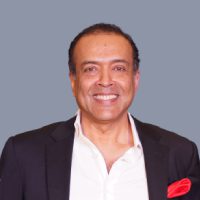
Xavier Augustin
Global Indians are highly-skilled and dynamic risk-takers, the drivers of Brand India around the world. The stage is set and it belongs to you. What’s your story?
